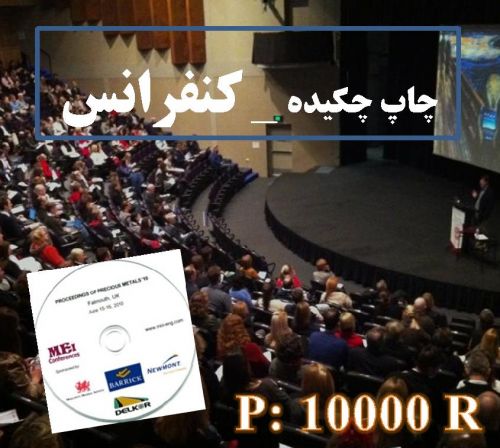Headache prevalence dedines in the eldedy, but remains a common reason for patients to seek medical attention . Although headache in an .ld"rty patient can be a sign of seriousBotentially life-threat*irg disorders . Although primar/ headacle types remain most frequeng secondary headaches become more likely in this age group. All patienB require e full assessment, including e complete neurologic examination. Once liFe-threatening disorders are exclude{ the geriarician can focus on more b*ig" etiologies sucfi as migraine, tension headache, and medication withdrawal Treatrnent depends on the underlying etiology. The elderly are more likely to have co-existent medical conditions, which present both therapzutic limitations and opportunities when selecting acute and preventative treatrrrents for headadre. Ahered pharmacokinetics and pharmacodynamics in this age group may increase the likelihood of side effects and drug interactions.Downward dose adjustnrents and simpli$ring medication regimens are often appropriate,as is using nonpharmacologic therapies whenever possible. Due to frequent contraindications related to acute medications, preventative dnrg regimens andnonpharmacologic treatrrenB assume grceter prominence when ffeating the elderly suffering fteqrent/severe headacles.Medication-induced headache and analgesic rebound headacle occur commonly in this age group and may initiate, eggmlvete, or perpetuate headacfie. Chronic datly headache is often due to thae conditions, and recognition of these problems can allow effective intervention In this researc.h was discr.rsses headacles that require emergent treatrnent and then describes more bemgn etiologies of headaches
کلید واژگان :HEADACHE - TREAfMENT- ELDERLY
ارزش ریالی : 200000 ریال
با پرداخت الکترونیک
جزئیات مقاله
- کد شناسه : 7148579022871580
- سال انتشار : 2010
- نوع مقاله : چکیده مقاله پذیرفته شده در کنفرانس ها(فایل کامل مقاله بارگزاری گردد)
- زبان : انگلیسی
- محل پذیرش : دومین کنگره بین المللی سردرد
- برگزار کنندگان : دانشگاه علوم پزشكي شهيد بهشتي
- تاریخ ثبت : 1395/11/11 19:00:28
- ثبت کننده : مجیده هروی کریموی
- تعداد بازدید : 298
- تعداد فروش : 0
